We now think of Radio 3 as the music station, but when it was created in 1946 as the Third Programme music was only meant to take up one third of its output. Dramas, features, talks were just as crucial to its identity, and poetry especially was to be heard ‘three times a week and usually at a peak listening hour, not near midnight’ to quote a contemporary news bulletin from the Manchester Guardian.
Already a subscriber? Log in
Subscribe for just $2 a week
Try a month of The Spectator Australia absolutely free and without commitment. Not only that but – if you choose to continue – you’ll pay just $2 a week for your first year.
- Unlimited access to spectator.com.au and app
- The weekly edition on the Spectator Australia app
- Spectator podcasts and newsletters
- Full access to spectator.co.uk
Or

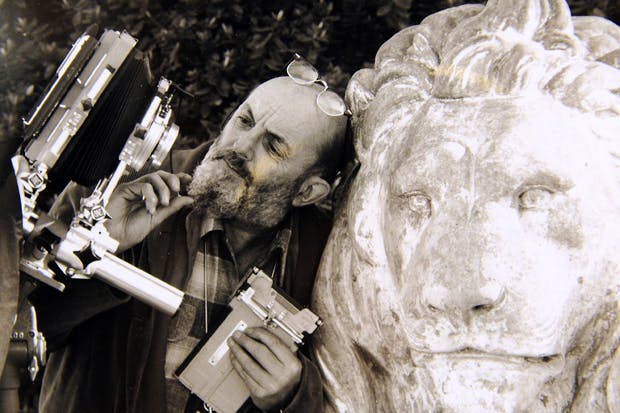
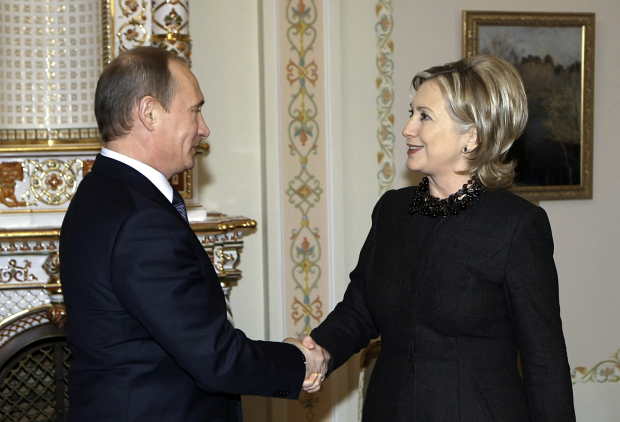
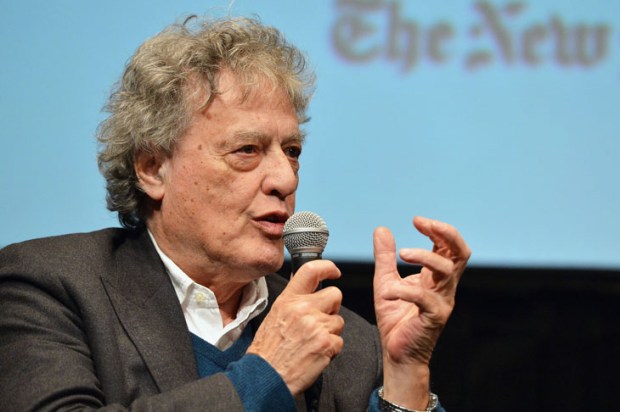
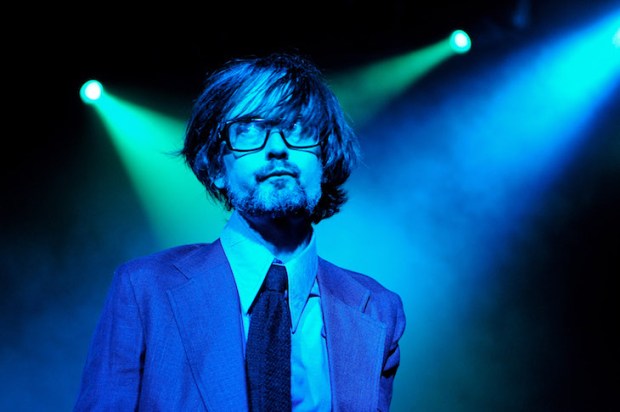
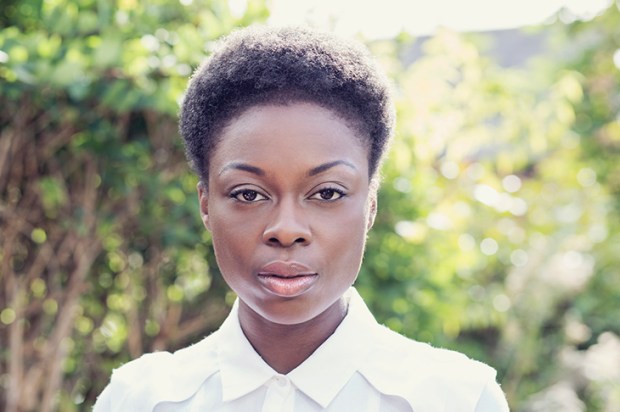
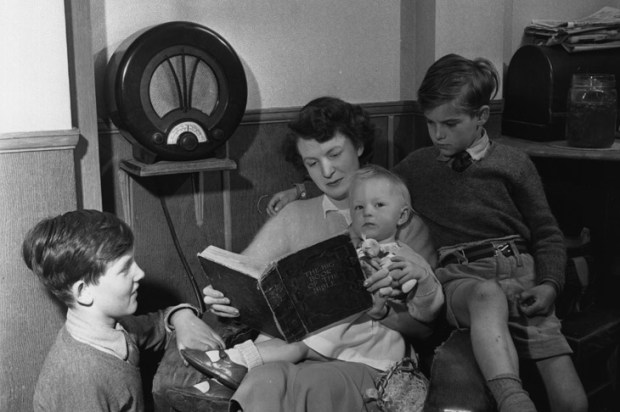
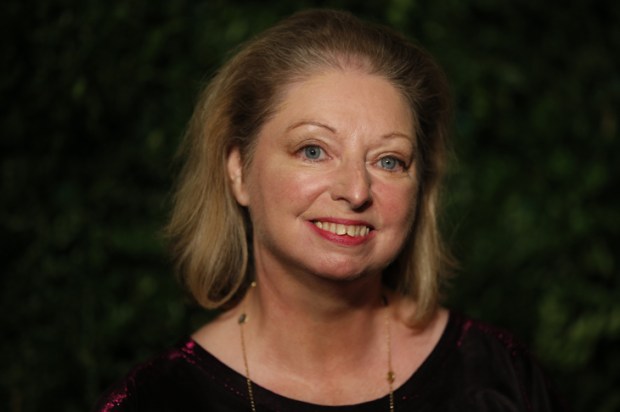






Comments
Don't miss out
Join the conversation with other Spectator Australia readers. Subscribe to leave a comment.
SUBSCRIBEAlready a subscriber? Log in